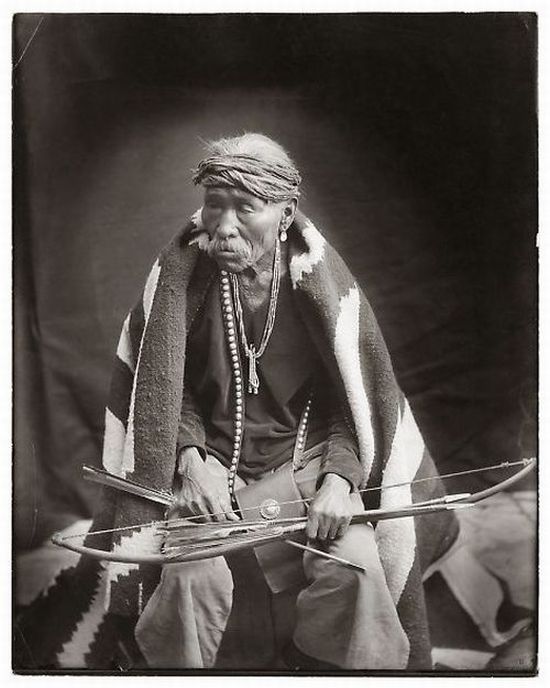|
|
Native Americans
|
In 1975 the Indian Self-Determination and Education Assistance Act was passed, marking the culmination of 15 years of policy changes. It was the result of American Indian activism, particularly of the previous decade, the Civil Rights Movement, and community development aspects of President Lyndon Johnson's social programs of the 1960s. The Act recognized the right and need of Native Americans for self-determination. It marked the U.S. government's turn away from the policy of termination of the special relationship between tribes and the government. The U.S. government encouraged Native Americans' efforts at self government and determining their futures.
In 2004, Senator Sam Brownback (Republican of Kansas) introduced a joint resolution (Senate Joint Resolution 37) to “offer an apology to all Native Peoples on behalf of the United States” for past “ill-conceived policies” by the United States Government regarding Indian Tribes. As section Section 8113 of the 2010 defense appropriations bill, President Barack Obama signed the legislation into law in 2009.
In 2007, AIM activist John Graham was extradited from Canada to the U.S. to stand trial for killing Anna Mae Aquash in December 1975 at the Pine Ridge Indian Reservation. She was a Mi'qmaq and the highest-ranking woman activist in the American Indian Movement (AIM) at the time. She was killed several months after two FBI agents had been shot at the reservation, for which Leonard Peltier was convicted in 1976 and sentenced to life. Many Lakota believe that she was killed on suspicion of being an FBI informant, but she was not.
On September 13, 2007 the United Nations General Assembly adopted the Declaration on the Rights of Indigenous Peoples, after nearly 25 years of discussion. Indigenous representatives from the United States, particularly from AIM, played a key role in the development of this Declaration, as did indigenous peoples from the Americas and other nations. It was passed with an overwhelming majority of 143 votes in favor; only Canada, Australia, New Zealand, and the United States voted against it. Each of these four nations has indigenous populations that became outnumbered, disfranchised and historically oppressed by new immigrant groups. They expressed serious reservations about the final text of the Declaration as placed before the General Assembly. Australia and New Zealand have since then changed their vote in favor of the Declaration.
|
|









